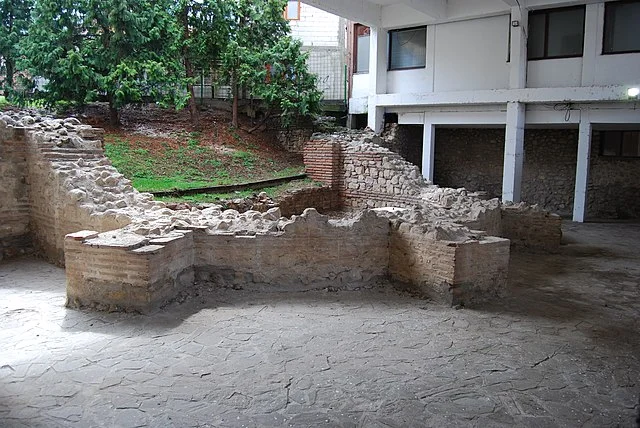Remesiana, an ancient town, was located in the Roman province of Moesia Superior, modern-day Serbia. Its exact location is near the village of Bela Palanka, situated at the foot of the Balkan Mountains. It played a key role in the Roman road network as a vital station on the route connecting Naissus (modern-day Niš) with other major Roman settlements.
Get your dose of History via Email
History
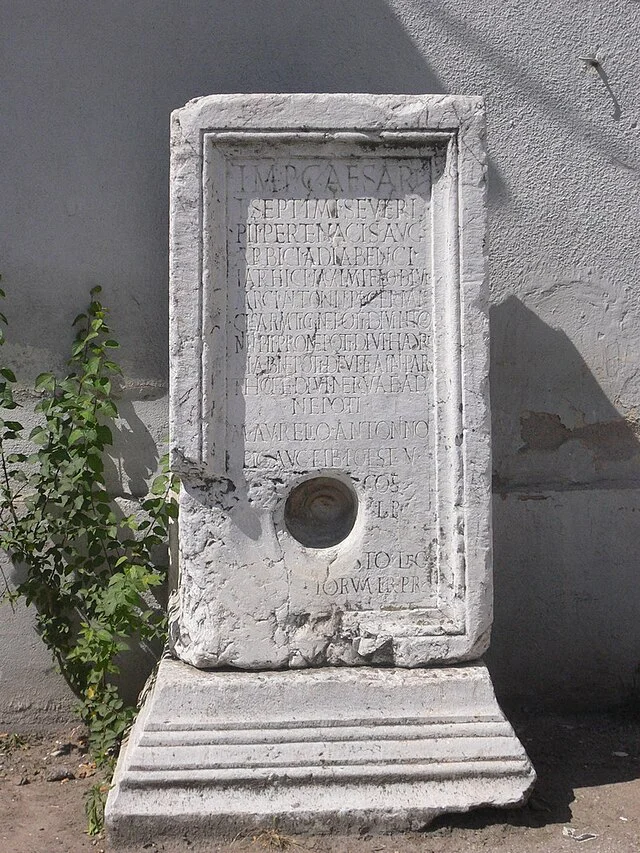
Remesiana’s significance rose during the Roman Empire, particularly from the 1st century AD. It was an important settlement in the region, facilitating both military and trade activities. The town’s strategic position allowed it to control important overland routes that crossed through the Balkans. Remesiana became part of the Roman province of Moesia Superior and later the Diocese of Dacia.
During the 4th century AD, the town gained further importance due to its proximity to key Roman military and economic hubs. It is noted for being the birthplace of the Christian saint and bishop, Saint Nicetas of Remesiana. He played a role in spreading Christianity in the region and contributed to the town’s lasting religious significance.
Archaeological Findings
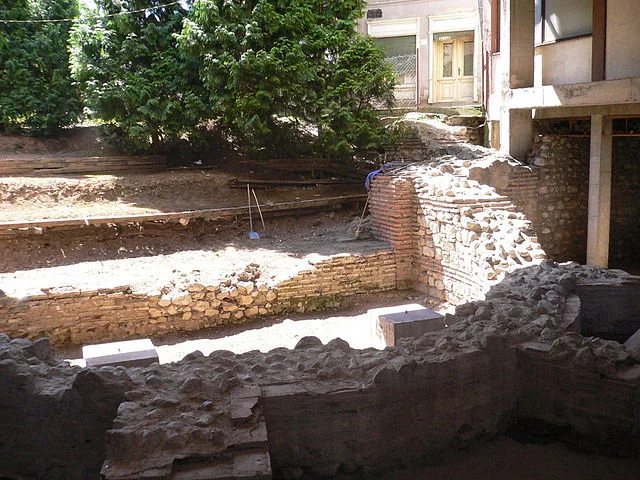
Archaeological excavations in Remesiana have uncovered substantial remains of Roman infrastructure. These include parts of the ancient road network, city walls, and water supply systems. The most notable discovery was a well-preserved Roman-era public bath, which highlights the town’s role in Roman social life.
In addition to public buildings, numerous residential structures, pottery, and coins have been found. These findings provide valuable insights into daily life during the Roman period. They also shed light on the town’s economic activities, including trade and agriculture.
Christian Heritage
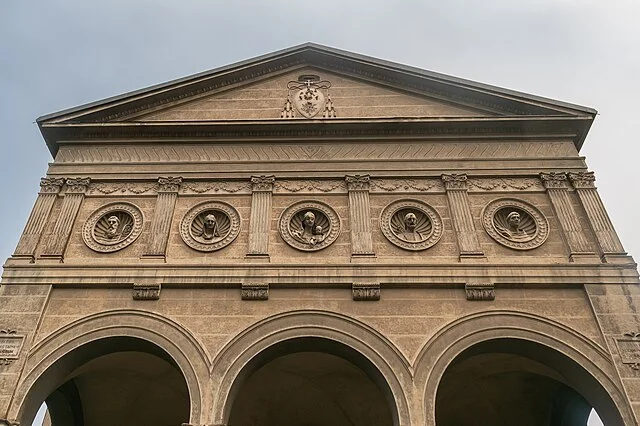
The Christian presence in Remesiana dates back to the 4th century AD. Saint Nicetas, believed to have been born in the town, helped to establish Christianity as the dominant religion in the area. His work is a significant aspect of the town’s historical importance.
The remains of a basilica, dedicated to Saint Nicetas, were uncovered in the area. The church suggests that Remesiana had a developed Christian community by the 4th century AD. It served as a center for religious worship and was a key site in the Christianization of the Balkans.
Decline
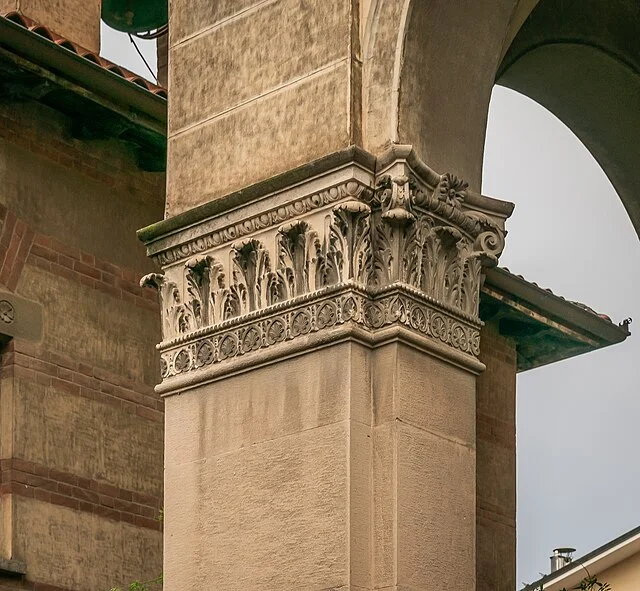
By the 6th century AD, Remesiana began to decline. The reasons for its fall are not entirely clear, but they likely include invasions by the Goths, Huns, and Slavs, which were common during this period. These invasions caused widespread destruction across the Balkans, leading to the eventual abandonment of Remesiana.
The town never regained its former prominence. It faded from historical records, and its ruins were largely forgotten until rediscovered in modern times through archaeological work.
Conclusion
Remesiana offers a significant glimpse into Roman and early Christian life in the Balkans. Its strategic location and archaeological discoveries make it a valuable site for understanding the region’s ancient history. The town’s religious legacy, particularly through Saint Nicetas, further emphasizes its importance in the spread of Christianity across the Roman Empire.
Source:

